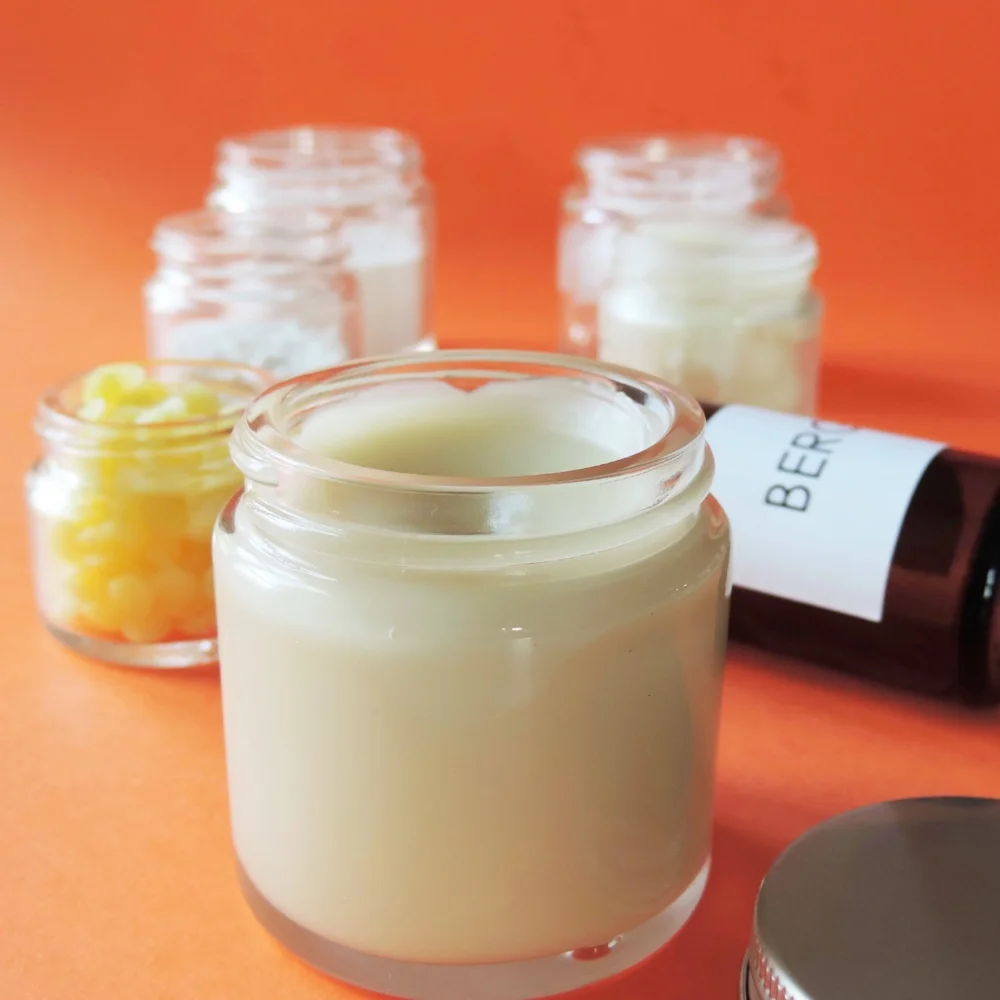How To Make Your Own Deodorants
3 Easy Recipes You Can Make In Less Than 5 Minutes
This post contains affiliate links to products that I use myself or can recommend. You can read about my affiliate policy here.
Aluminium has an inhibitory effect on the sweat glands and because of that you probably rub it into the armpits on a daily basis if you use conventional deodorants. Deodorants can contain perfume and other chemicals that can cause allergies and possibly damage the body in other ways. Especially freshly shaven armpits are a good open channel for harmful substances to reach the lymphatic system and bloodstream.
Even though aluminium is poorly absorbed and efficiently eliminated, there is the concern that our overall exposure may be too high as we both inevitably consume aluminium through food, and also get it through deodorants, toothpaste, cosmetics and pharmaceuticals. A too high content of aluminium in the body can pose a risk of damage to the central nervous system and is suspected to be involved in the development of Alzheimer's and Parkinson's.
For a new and improved dedorant recipe with no baking powder click on the picture ⬇
Why We Smell
Most of our smell is derived from sweat. We have two types of sweat. A clear and odourless sweat, which regulates body temperature and are produced all over the body, and a little thicker (primeval) sweat that is produced by the glands in the armpits and groins, this sweat has no real purpose in modern times.
Sweat is usually odourless, but when it is mixed with the bacteria on the surface of the skin it produces odorous substances. Those who suffer from very strong body odour are most often born with larger and more active sweat glands in the armpits and groins.
So What To Do? Sweat Like A Horse?
Oh no, cause baking soda, coconut oil and shea butter works just as well in keeping the sweat and its odour at bay. The oils are antibacterial, and baking soda is moisture absorbent, antibacterial and reduces pH.
Note About Baking Soda In Deodorant
Some people find that the baking soda is too alkaline for their skin, which can cause irritation. If this happens try cutting the amount of baking soda in half and using more arrowroot/corn-starch.
How To Use Homemade Deodorant
Rub a SMALL amount in using your fingertips until it’s invisible. It works that well! (Plus if you cake it on it can leave oil stains on your clothes).
Store in a clean glass jar.
Homemade Toxic-Free Deodorants
Below are three easy-to-make recipes that deliver delicious and effective deodorants but if you prefer to buy, I recommend these, which are made by the same principles, and are completely natural.
1. Shea-Deo
Ingredients:
2 tbsp. arrowroot or corn-starch (optional)
1 tbsp. baking powder
1 tbsp. beeswax
1,5 tbsp. coconut oil
1 tbsp. shea butter
10-20 drops of essential oil - suggestion: bergamot (optional)
Instructions:
Melt and stir all ingredients except essential oils in a small saucepan.
Remove from heat and add essential oils.
Stir.
Pour into a glass container for storage.
Cool for 15 minutes in a refrigerator.
If you prefer, you can let it cool completely and put into an old deodorant stick for easier use, though it may melt in the summer,
3. Coconut-Deo
Ingredients:
6 tsp. coconut oil
4 tsp. baking powder
4 tsp. arrowroot or organic corn-starch (optional)
4-8 drops of essential oil to your taste - I prefer peppermint (optional)
Instructions:
Melt coconut oil
Remove from heat and add baking powder and arrowroot (or corn-starch)
Mix well
Add the essential oils
Pour into a jar
Cool for 15 minutes in a refrigerator
3. Luxury Docoa-Deo
Ingredients:
3 tsp. shea butter
3 tsp. baking powder
2 tsp. cocoa butter
2 tsp. arrowroot
4-8 drops of essential oil (optional)
1/2 tsp. of vitamin E
Instructions:
Combine in a quart size glass Mason jar with a lid and place this in a small saucepan of water until melted.
Stir until the butter has melted.
Remove from heat and add baking powder and arrowroot (or cornstarch).
Add the liquid from the vitamin E capsule,
Mix everything well.
Add the essential oils and pour into a glass container for storage.
Cool for 15 minutes in a refrigerator.
If you prefer, you can let it cool completely and put into an old deodorant stick for easier use, though it may melt in the summer.











